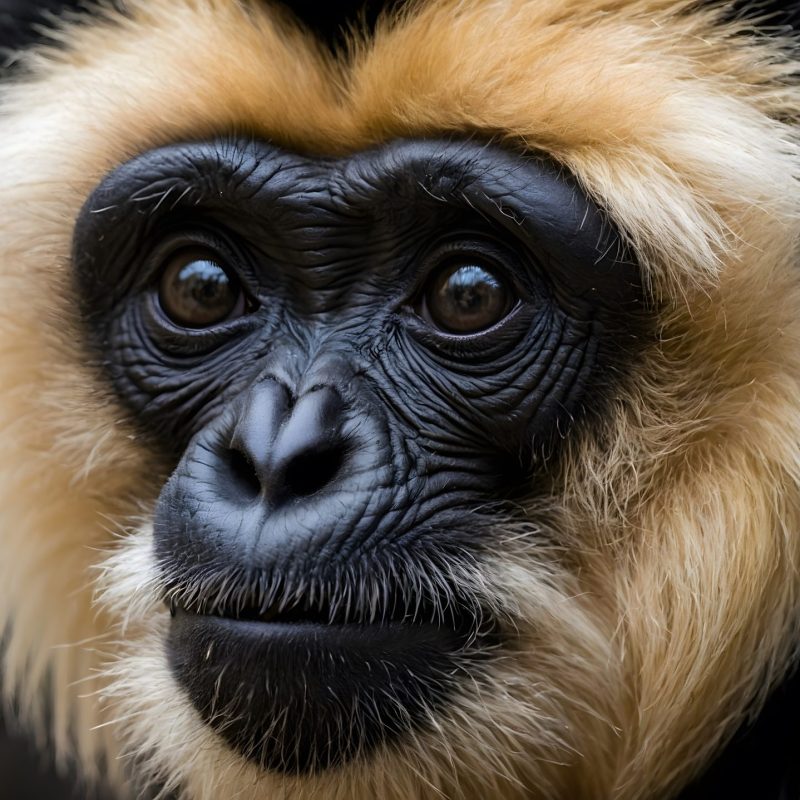Protecting threatened animals is always a race against time. Getting data about species that are threatened and are on a trajectory for extinction is all about speed. A big reason why conservation efforts often struggle is because of a lack of clear information about threatened species. We don’t always know how many animals are left, how quickly they are disappearing, or how well current protection plans are working. Gathering this information can take a lot of time and money—resources that are often in short supply.
Now the process just got a lot smarter. University of Alabama Assistant Professor of Operations Management Xueze Song is part of a research team that published a study titled, “Optimal Learning and Management of Threatened Species,” in Management Science. The team took an innovative approach to conservation that helps scientists and policymakers make better decisions, especially when they don’t have all the facts. This is especially useful when waiting for more information could mean losing precious time—and lives.
The model is based on “Bayes-adaptive partially observable Markov decision process,” a method that helps decision-makers choose the best course of action when they don’t have all the information. It’s like playing chess while blindfolded—you don’t see the whole board, but you use the information you do have to make your next move wisely.
“That’s the dilemma we’re looking at — to make decisions, we need information we can only learn by acting,” Song said.
To test their model, the researchers focused on the Hainan gibbon, the rarest primate in the world. Found only on Hainan Island in China, there are fewer than 42 Hainan gibbons left. With such a tiny population, every decision counts.
Using their model, the researchers figured out when it was most useful to spend time and money on monitoring the gibbons, and when it was better to jump into action with protection efforts. The result? A smarter, more efficient way to help this critically threatened species survive.
“Using these models, you can perform highly efficient computations and find what’s the optimal policy — you can prioritize where management needs to be to protect species and when to intervene,” Song said. “But beyond that, these models also help us understand why certain actions are recommended, and offer insights that can guide efforts to protect other threatened species. ”
This new approach doesn’t just help the Hainan gibbon—it could change how we protect threatened species around the world. By finding the right balance between acting and learning, conservationists can use their limited resources more effectively.
In a world where time and money are both limited, this research shows that making smarter decisions—even with imperfect data—can make all the difference. As more species face the threat of extinction, tools like this model could offer a lifeline for those on the brink.

